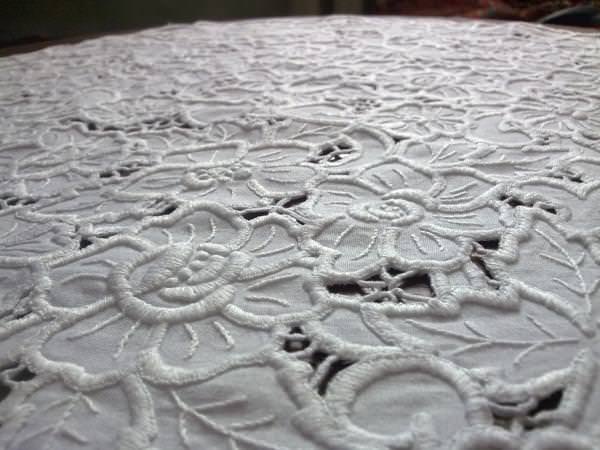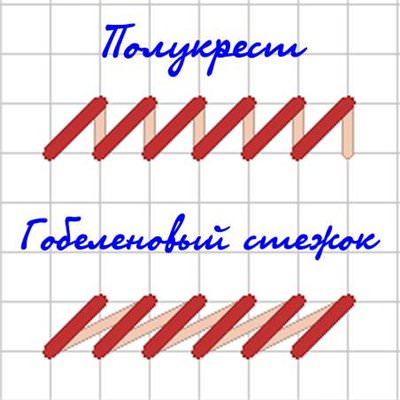
Semi-cross embroidery stitching technique (photo and video)
Content
- The tricks of the technique of semicircles
- A lesson on the technique of embroidery "semi-cross"
- Video: Half cross stitch technique
- Alternating the technique of the semi-cross and gobelin seam
- Video: cross stitch and tapestry stitch
- Semicrust - painting
- Video: embroider with a seam backstick
Half-cross embroidery is becoming increasingly popular among needlewomen. Many have begun to use it to create entire paintings, not just individual elements.
The reason for this was a number of advantages:
This technique is also called an incomplete cross. With apparent ease, this cross has its own subtleties. Externally, the semi-cross looks like a tapestry stitch, but these are different embroidery techniques.
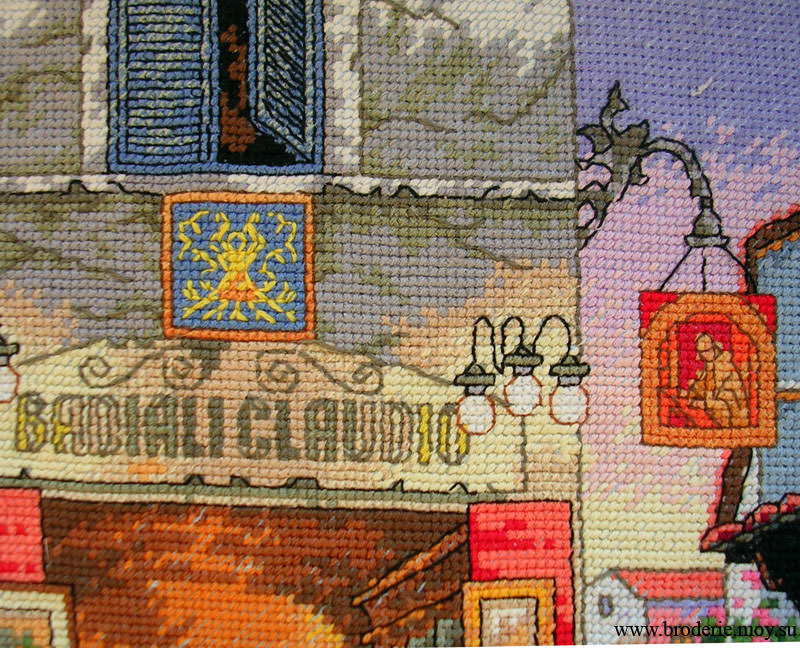

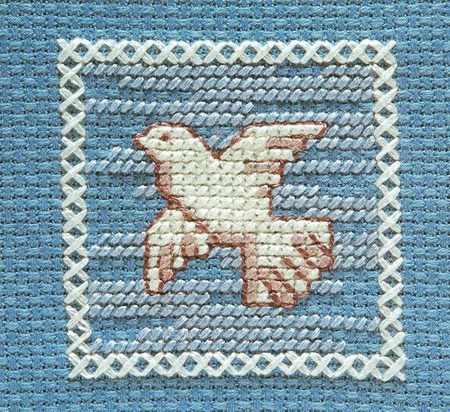

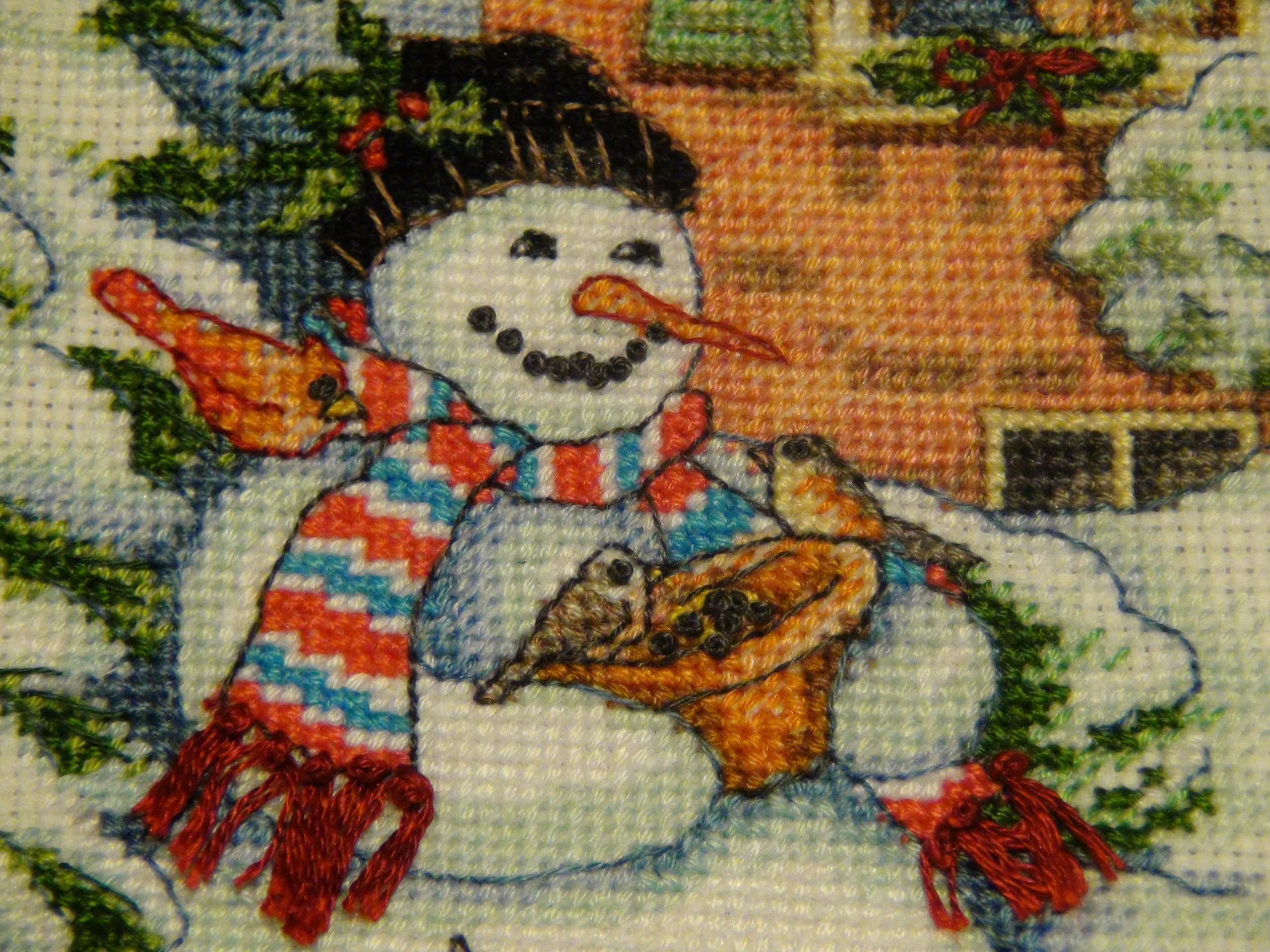
To perform an incomplete cross, you need to performin a row of diagonal stitches. It is most convenient to perform this stitch in horizontal rows. Moreover, on the reverse side, the half-cross looks the same as the cross stitch - with even vertical stitches. It differs from cross stitching in the translucency of the resulting image and lower thread consumption. In general, these techniques are very similar, but the incomplete cross has its own subtleties. If they are not taken into account, the result of the work may disappoint novice embroiderers.
The tricks of the technique of semicircles
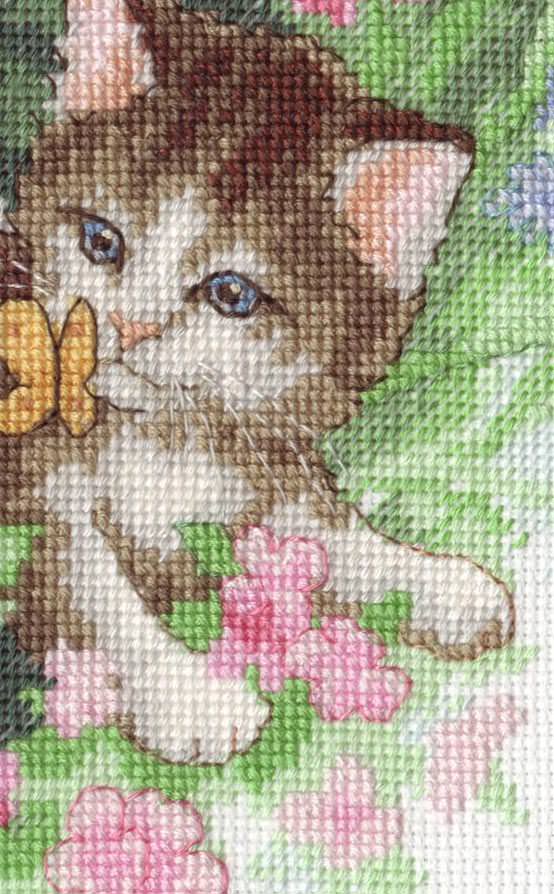
To prevent the thread from twisting, let the thread hang freely as often as possible. The weight of the needle will cause the thread to unwind itself;
and half cross. This technique allows you to preserve the shape of the embroidered object and create a more even surface of the embroidery. You just need to alternate rows with similar stitches.
A lesson on the technique of embroidery "semi-cross"
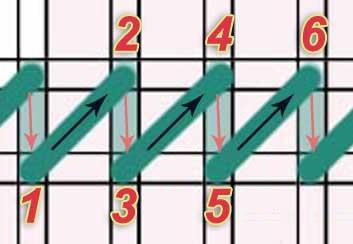
We stretch the fabric on the frame. It is better if it is canvas. For practice, take a single dark or bright floss thread;

In the next square in the pattern, start the stitch in the same way as in the first one, from the lower left corner from point No. 3. At the same time, on the wrong side, pass the free end of the thread along the fabric under the vertical stitches;
Video: Half cross stitch technique
Alternating the technique of the semi-cross and gobelin seam
, Presented in the picture, at first glanceDoes not differ from an incomplete cross. However, on the wrong side we see a completely different picture: a row of even more oblique stitches than on the front side, but with the same slope.

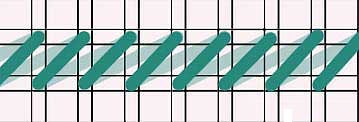
If you use only the half-cross technique, thenthe possibility of slight deformation of the finished picture is much higher than when alternating two techniques. This happens because when embroidering with an incomplete cross, the cell is pulled together by vertical purl stitches and becomes similar to a rectangle. This is unnoticeable if the volume of embroidery with a half-cross is small. But if a large area is embroidered, then changes in the pattern cannot be avoided. With the tapestry technique, the cell is also skewed, but not as strong. To balance the skew, the double technique is used.
Video: cross stitch and tapestry stitch
Semicrust - painting

Half-cross "painting"The half-cross technique is notnot only embroidery in rows, but also in the painting technique. This technique is interesting because it creates a contour pattern from stitches. The stitches can be straight or oblique, the main thing is that they create a continuous chain of stitches.
This chain is carried out in two stages.First, the interlining stitches are embroidered. They, alternating front and back stitches, outline the approximate contour of the future drawing. The next stage: filling the space between the interlining stitches. Front and back stitches change places, and the drawing is finally formed. This is a very interesting technique. By doing it in different colors, you can get a beautiful edging or an independent picture.

Backstitch StitchBased on an incomplete crossThere are many patterns used in combination with other embroidery techniques or as a border for the main design. Externally, the painting technique is similar to the backstitch or "back needle" stitch. For many beginning needlewomen, this stitch becomes one of the first in their embroidery. It is suitable for framing embroidery and performing contours and small parts of a design. Only the backstitch differs in that the stitches are laid one after another without skipping. There is another significant difference - the backstitch stitch is intended for simple lines and figures, for more complex patterns, a half-cross painting should be used. However, tambour, backstitch, painting, any cross stitch - all of them can be used to give embroidered works originality and style.
Video: embroider with a seam backstick
